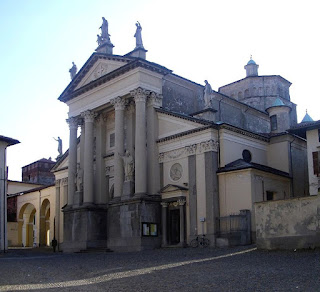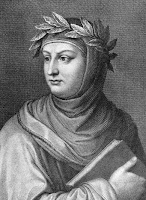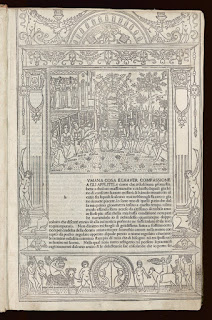Marco Mengoni - singer-songwriter
X-Factor victory was launchpad to stardom
The singer-songwriter Marco Mengoni, who rose to fame after winning the Italian version of the TV talent show The X-Factor, was born on this day in 1988 in Ronciglione in northern Lazio. Mengoni triumphed in the 2009 edition - the third series of X-Factor on the public service channel Rai Due before it was bought up by subscription channel Sky Italia - during which he unveiled what would be his debut single, Dove si vola, which he sang for the first time at the semi-final stage. The single, an example of the sophisticated pop-rock style that would become Mengoni’s trademark, reached number one in the Italian downloads chart while a seven-track extended play album of the same name sold 70,000 copies, peaking at nine in the Italian albums chart. Mengoni’s performances on The X-Factor had received favourable comments from both Mina and Adriano Celentano, the all-time bestselling artists in Italian popular music history. The prize for winning The X-Factor was a recording contract with a value of €300,000 and automatic selection for the 2010, Sanremo Music Festival 2010, in which he finished third with Credimi ancora. Read more…
_____________________________________________________________
Lina Cavalieri – soprano
Christmas Day baby became singing beauty
Singer and actress Lina Cavalieri was born Natalina - meaning 'Little Christmas' - Cavalieri on this day in 1874, in Viterbo in Lazio. During her career she starred opposite Enrico Caruso in operas and earned the title of ‘the world’s most beautiful woman', while many of her female contemporaries tried to attain her hour-glass figure by using tight-laced corsetry. Raised as one of five children in humble circumstances, she was expected to work to supplement the family income. To this end, she sold flowers and sang on the streets of Rome. After a music teacher heard her singing, she was offered some music lessons. Subsequently, she found work as a café singer and then in theatres in Rome. Increasingly popular both for her voice and her physical beauty, she made her way from Rome first to Vienna and then Paris where she performed in music halls including the Folies-Bergère and worked with singing coaches to develop her voice. The progression to opera came in 1900, when she made her debut in Lisbon as Nedda in Pagliacci, by Ruggero Leoncavallo. It was in the same year that she married her first husband, the Russian Prince, Alexandre Bariatinsky, whom she had met in Paris. Read more…
___________________________________________________________
Charlemagne – Holy Roman Emperor
Christmas Day crowning for the Pope’s supporter
Charlemagne, the King of the Franks and the Lombards, was crowned Holy Roman Emperor on this day in 800 in the old St Peter’s Basilica in Rome. He was the first recognised emperor in Western Europe since the fall of the Western Roman Empire three centuries earlier and has been referred to as the ‘father of Europe’ because he united most of Europe for the first time since the days of the Roman Empire, including parts that had never been under Roman rule. Charlemagne was the son of Pepin the Short and became King of the Franks when his father died in 768, initially as co-ruler with his brother Carloman I. When Carloman died suddenly in unexplained circumstances it left Charlemagne as the sole, undisputed ruler of the Frankish Kingdom. He continued his father’s policy towards the papacy and became its protector, removing the Lombards in power from northern Italy and leading an incursion into Muslim Spain. He also campaigned against the Saxons, making them become Christians or face the death penalty. In 799, Pope Leo III was violently mistreated by the Romans and fled to the protection of Charlemagne in Germany. Read more…































